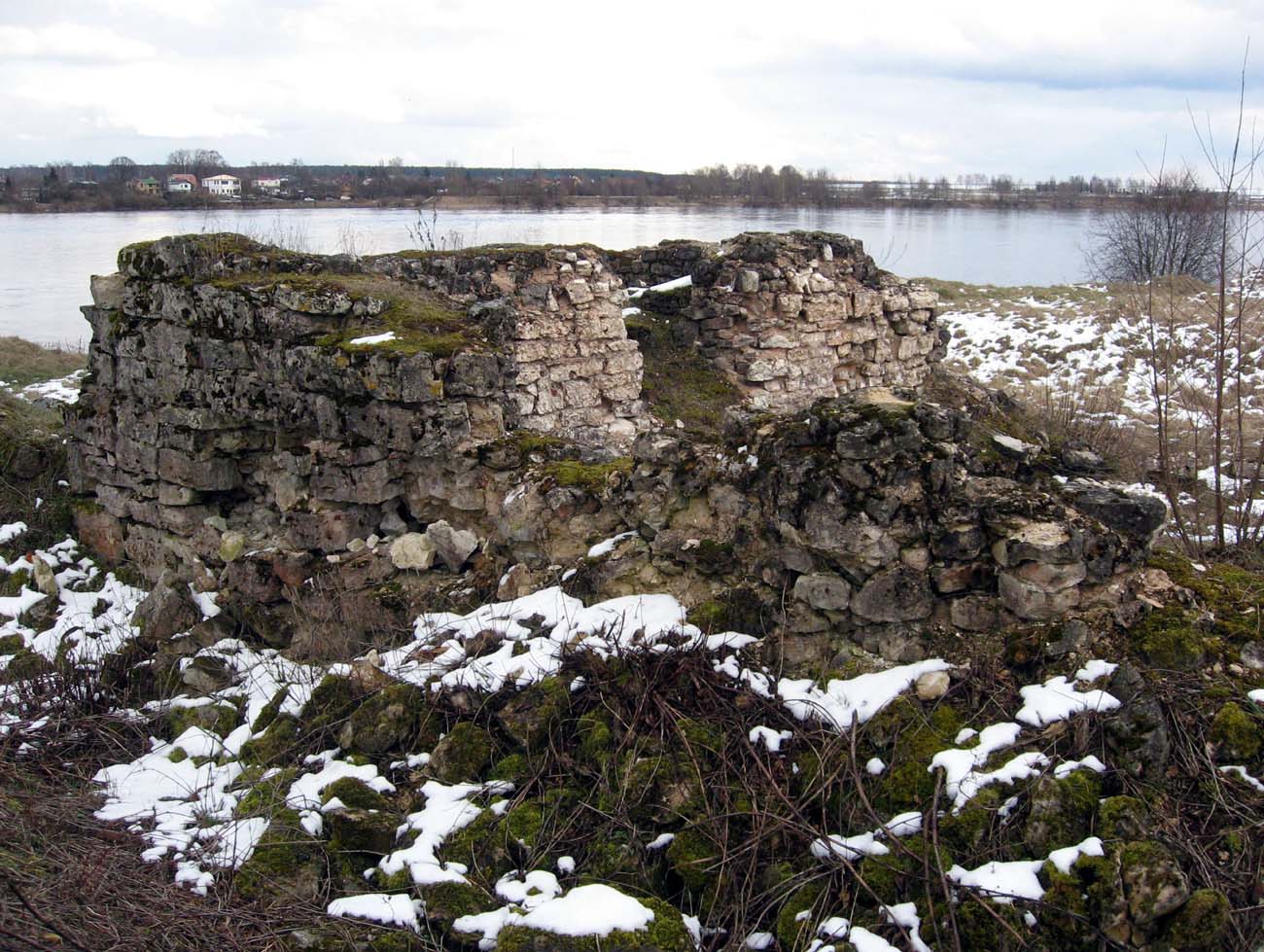History
The castle of Alt Dahlen, belonging to the Riga bishopric, along with the nearby Holme stronghold was the protection point of the city of Riga from the land side and it additionally controlled the navigation on the Daugava river. Initially, these areas were given to the knight Johannes de Dolen, however, it was soon realized the strategic importance of this place and already in 1226 Dahlen passed under the management of the Riga cathedral chapter. During the first major dispute between the Teutonic Knights and Riga, in the second half of the 13th century, the order troops completely destroyed the castle of Alt Dahlen, as well as the nearby Holme. The castle has never been rebuilt, although the archbishopric has made efforts to regain the lost possessions. It ended with success in 1318, when on the order of Pope John XXII, the Teutonic Knights returned the chapter some of the stolen goods. Alt Dahlen remained in ruin, but on the opposite, southern side of the island, a new castle Neu Dahlen was erected, recorded in documents for the first time in 1359.
Architecture
Alt Dahlen Castle was a simple defensive structure, originally located on the river island of the Daugava. It consisted of a rectangular, walled courtyard, with a simple gate located in the middle of the eastern section. Right next to it, a small wooden building was built on stone foundations, located entirely within the courtyard. Its function was probably related with the entrance to the castle. The stone residential and utility buildings were limited to two houses located in the western corners of the courtyard, of which the north-western building, located on the river side, had slightly thicker foundations. It could therefore have had a tower-like form, useful for controlling traffic on the nearby river.
Current state
The Alt Dahlen castle is in ruin, with the highest parts of the walls reaching about a meter high above the piles of rubble. Although the buildings and fortifications have been significantly degraded, the layout of the castle is roughly legible. Entry to its grounds is free, and the former island is now connected to the mainland.
bibliography:
Borowski T., Miasta, zamki i klasztory. Inflanty, Warszawa 2010.
Herrmann C., Burgen in Livland, Petersberg 2023.
Tuulse A., Die Burgen in Estland und Lettland, Dorpat 1942.



